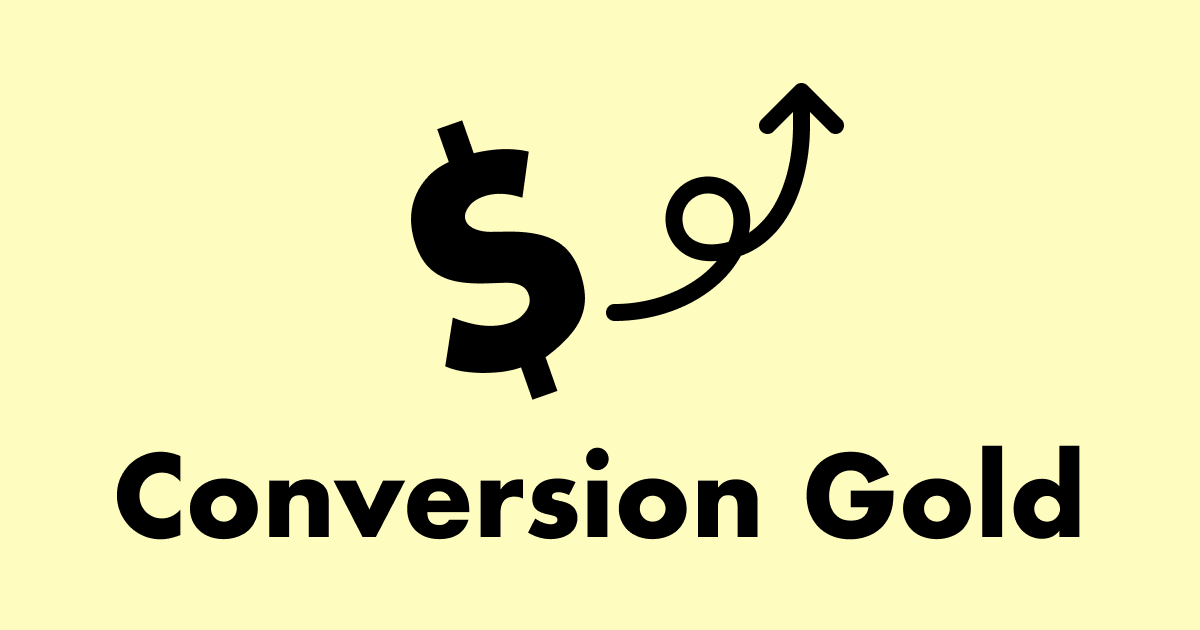There’s a major paradigm shift that takes place in the marketers I’ve seen grow from good to great: they begin to think about marketing in terms of campaigns, not as a big, continuous thing that they do. It may appear to be a subtle distinction, but my experience suggests that it’s anything but.
In reality, a mature marketing program is a collection of specific programs that have been built, tested, iterated upon, and can be counted on to produce consistent results. Things like: affiliate programs, social media content pipelines, Google Ads campaigns, eBook lead generation programs, etc.
These things are alike in that they are all technically marketing, but they would be very difficult to evaluate, nevertheless iterate on and optimize, without breaking them into their own distinct elements.
This approach can be truly transformative for your marketing, because once you begin to do this you unlock the ability to have your marketing get smarter over time.
You’ll get smarter too, I promise.
It seems simple enough, but the devil is in the details. There’s a very real commitment that you have to make to being a campaign-oriented marketer. It can be an uncomfortable process because it exposes your thinking and directly marries your recommendations to the results.
The truth is, that’s why it works. You have to be clear about what you’re doing, why you’re doing it, and what the results are.
You’re going to spend a significant amount of time looking for what you were wrong about.
In order for our marketing to get smarter, we need to establish a memory and a system for optimization. You accomplish this by setting an explicit goal and hypothesis for every campaign that you run.
Next, you have to write it down, and measure real results against it.
Here are a few things that you should be explicit about:
- What job does this campaign have?
- Why did you choose this channel?
- Why did you choose these targeting criteria (if applicable)
- Why did you choose these creatives?
- Why did you choose these landing pages?
- How long does this campaign run?
- How much does it spend?
- How do we determine success or failure? (Hint: it’s a mistake to just say “when it loses money.”)
- What are the key metrics that indicate campaign quality?
Reach for data wherever possible, as opposed to gut feel. If this is a new audience, a new channel, a new direction or message on your creatives, make sure that you acknowledge that.
We all take chances and throw shit at the wall, it’s just that the smarter among us are upfront about it.
Once you’ve completed this process, you can assemble your answers into a more readable format:
“For this campaign to be successful, the following would have to be true: [fill in the blank]”
I have a dedicated one-sheeter for every campaign that I run and I put this in the hypothesis section at the top. The most important line comes just after, and it says: “When should we evaluate the campaign and make adjustments?”
If you take a moment to reflect on this, you’ll see that what we’ve actually done is enumerate a list of decisions we’ve made. Now that we’ve done this, we have a list of points with which we can find leverage. We’ve also been clear about what we’re going to measure and how and when we’ll circle back to optimize this campaign.
This gives us the ability to evaluate individual pieces of the campaign in ways that encourage us to iteratively enhance the campaign over time.
We’ve now given ourselves a non-zero chance of winning. Given enough time and enough iterations, we’ll learn what we need to in order to create a roster of winning campaigns.
There are other times that you can use this process to unlock key insights. For example, one of my most valuable questions when helping out other organizations: “Who do you want to market to?” Quickly followed up with, “Why these people?”
The answer to this question normally surfaces the message you should use in your campaign. Don’t settle for “because they’re our best customers.” Keep asking why until you get the real answer.
Fictional conversation between an organization who sells whiteboard erasers and myself:
Me: “Who do you want to market to?”
Them: “Teachers.”
Me: “Why teachers?”
Them: “They’re our best customers.”
Me: “Why are they your best customers?”
Them: “Because they buy many at a time and pay promptly.”
Me: “Why do they buy many at a time? Why do they pay promptly?”
And so on, and so forth.
You have to excavate the truth from the assumptions. Don’t take anything for granted.
The point isn’t to eliminate all assumptions upfront, it’s to acknowledge them, call them out, and then eliminate them with data.
Marketing is at once the simplest and most difficult activity I’ve ever seen. It’s very easy to fall into the trap of lazy or bad thinking. The rewards for putting in the effort to build systems that expose this and keep us honest are larger than their costs.
Turn your marketing into an iterated game and your chances of winning dramatically increase.

